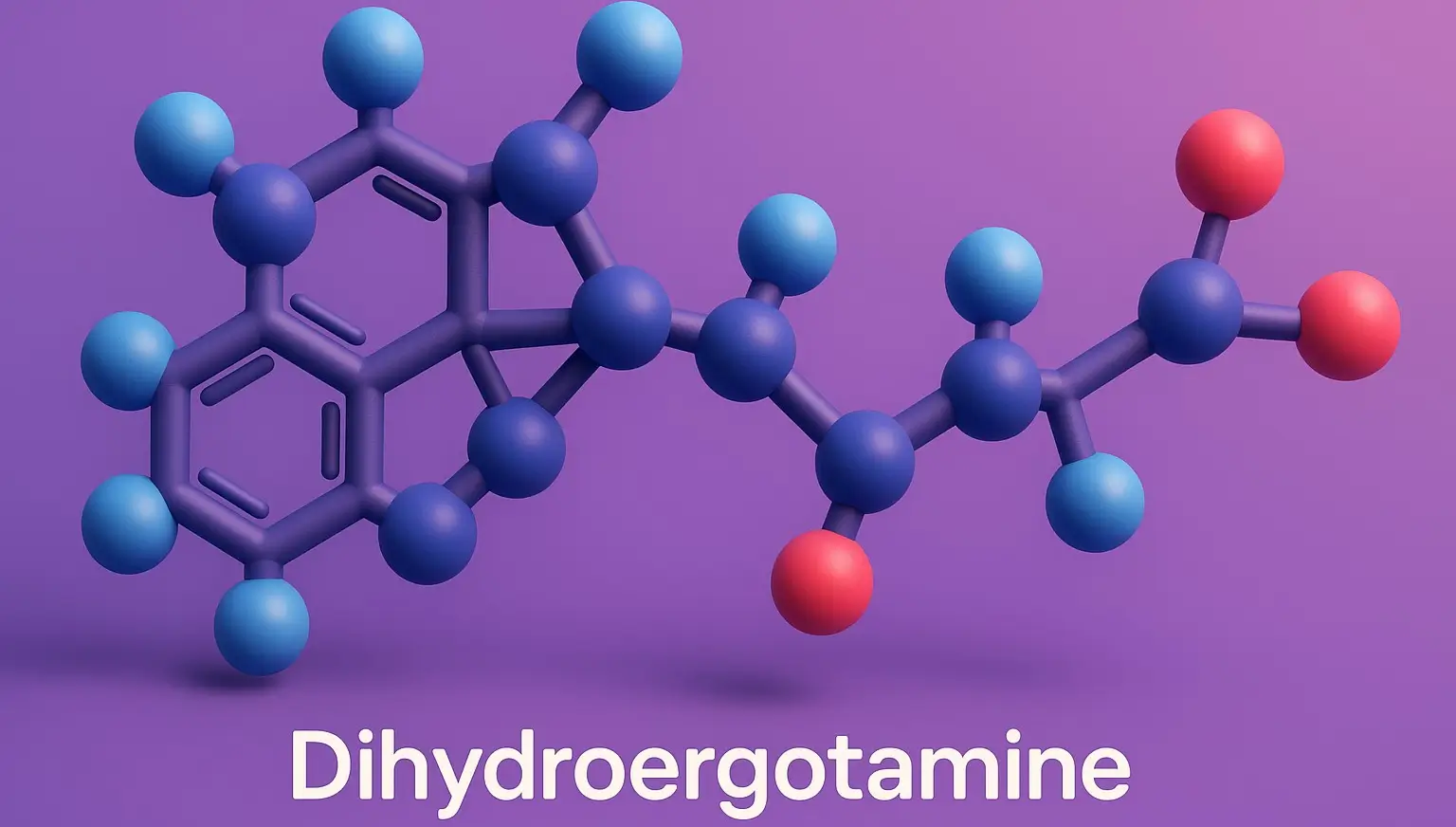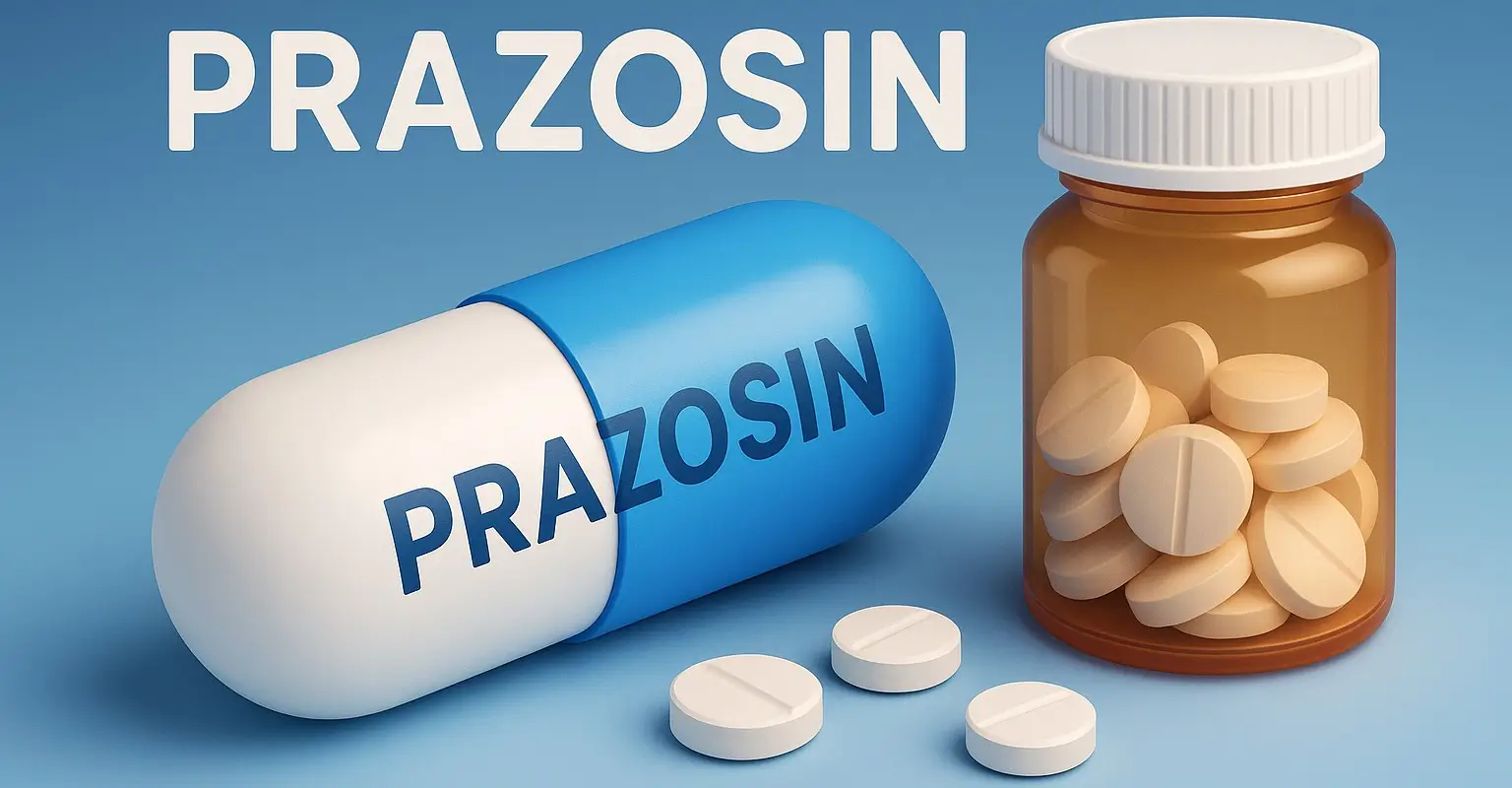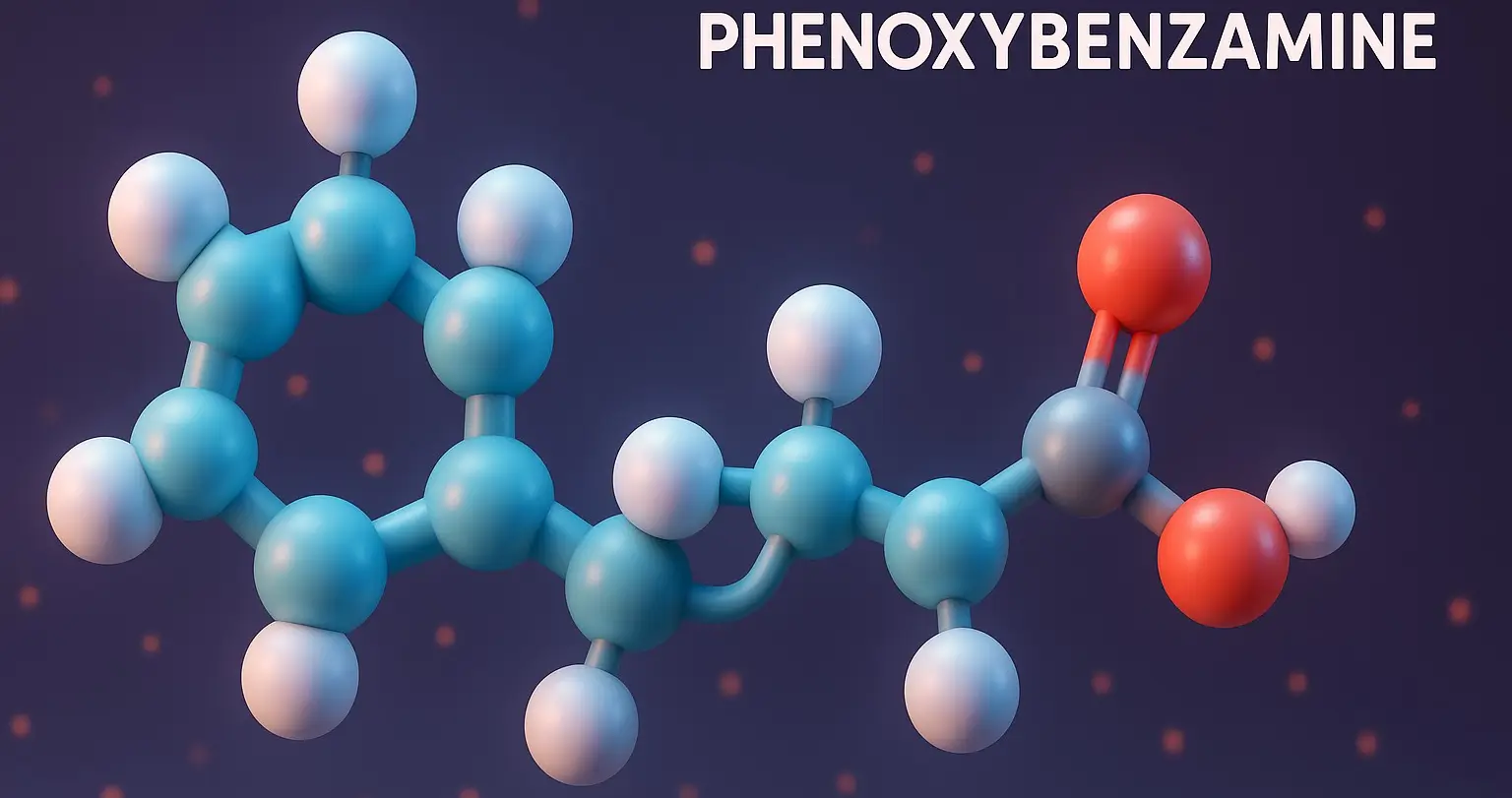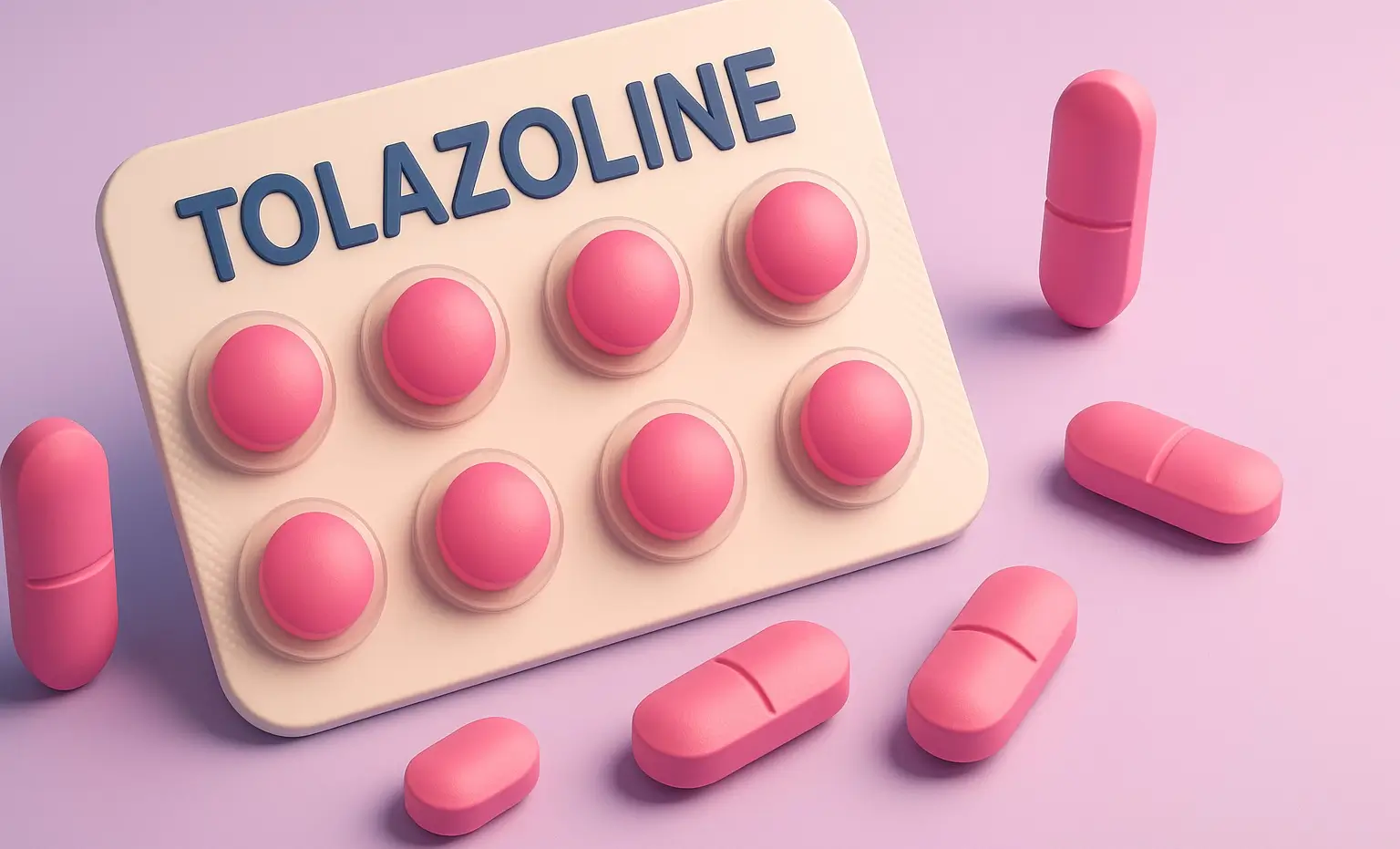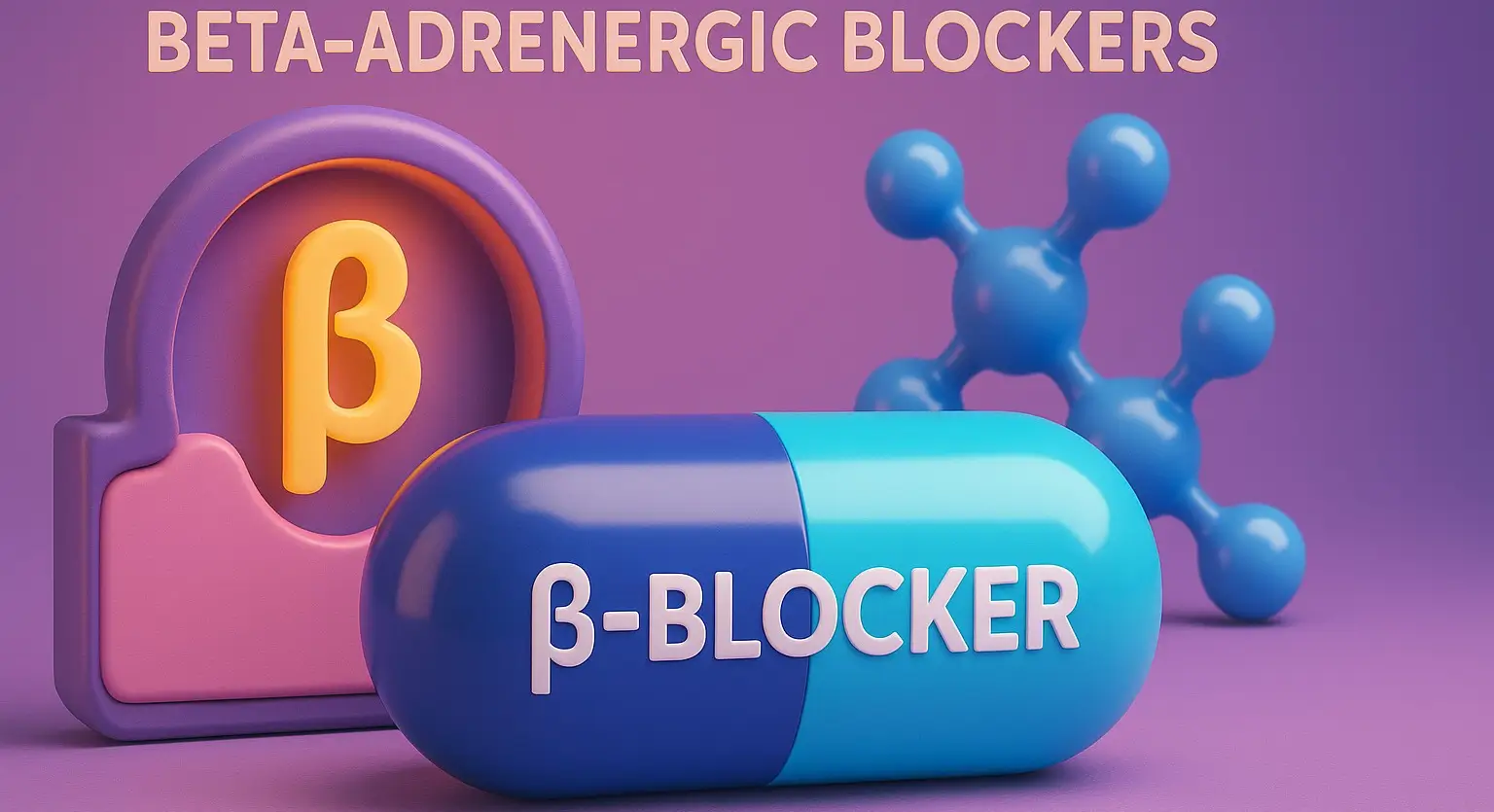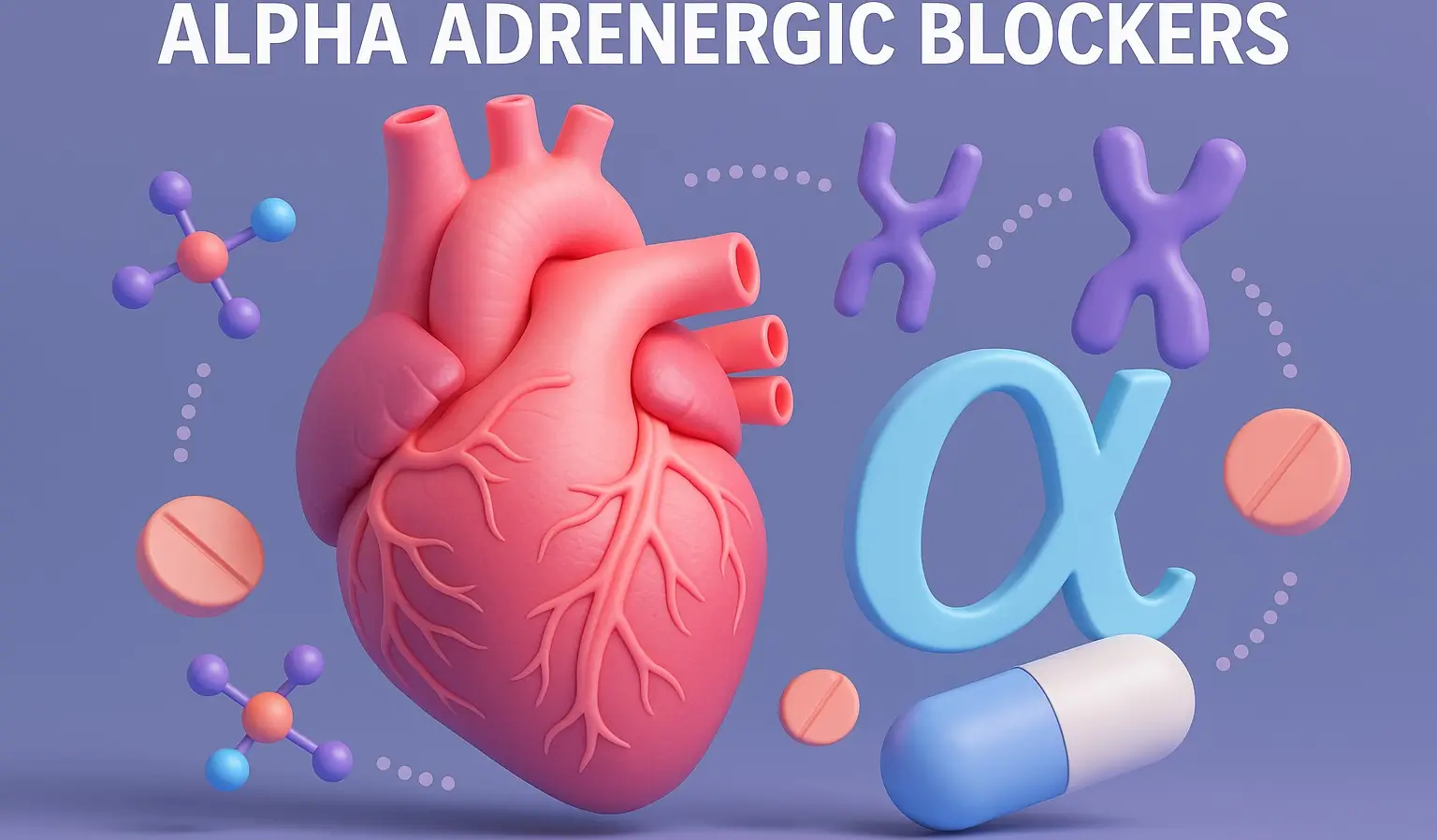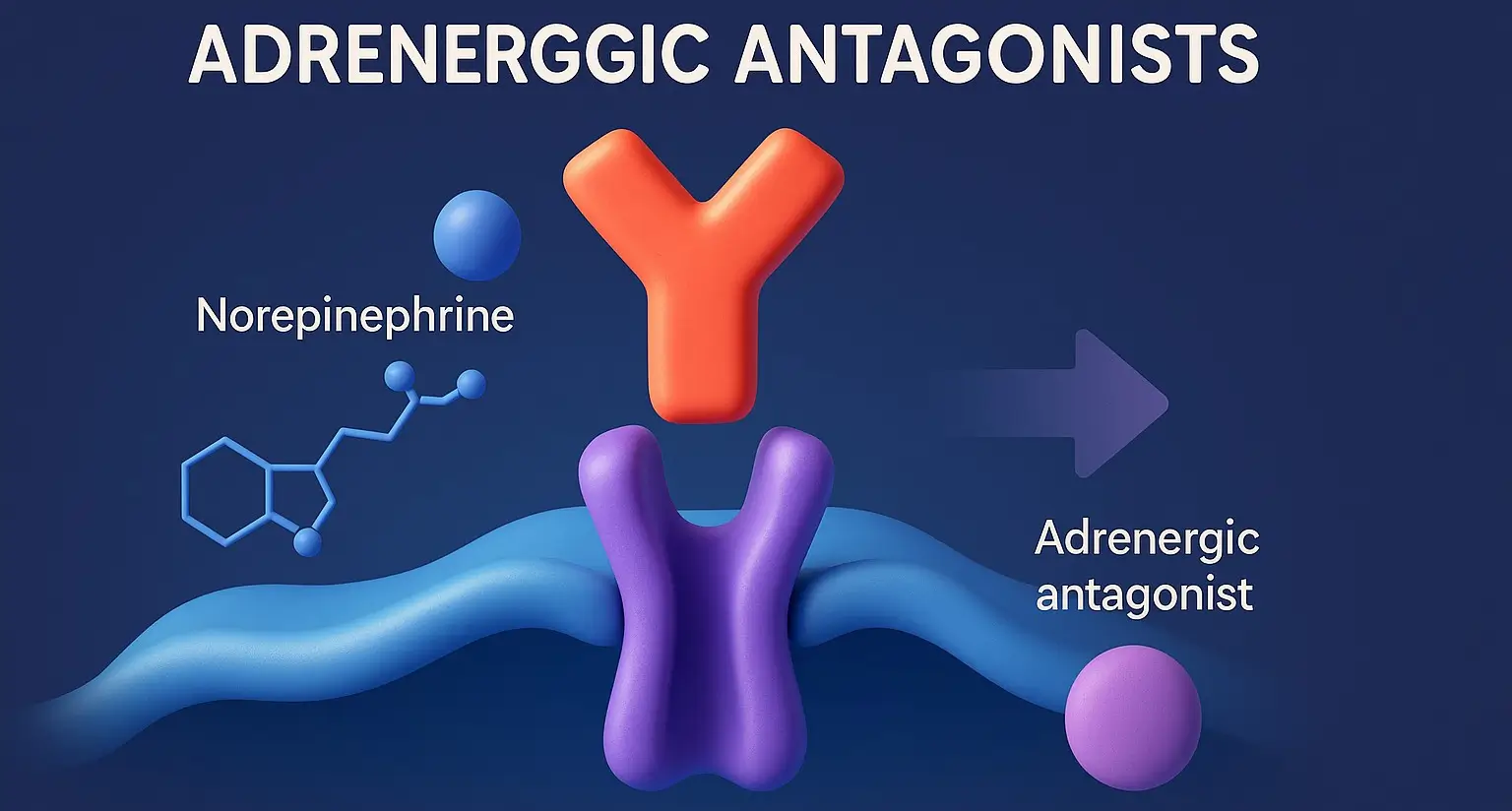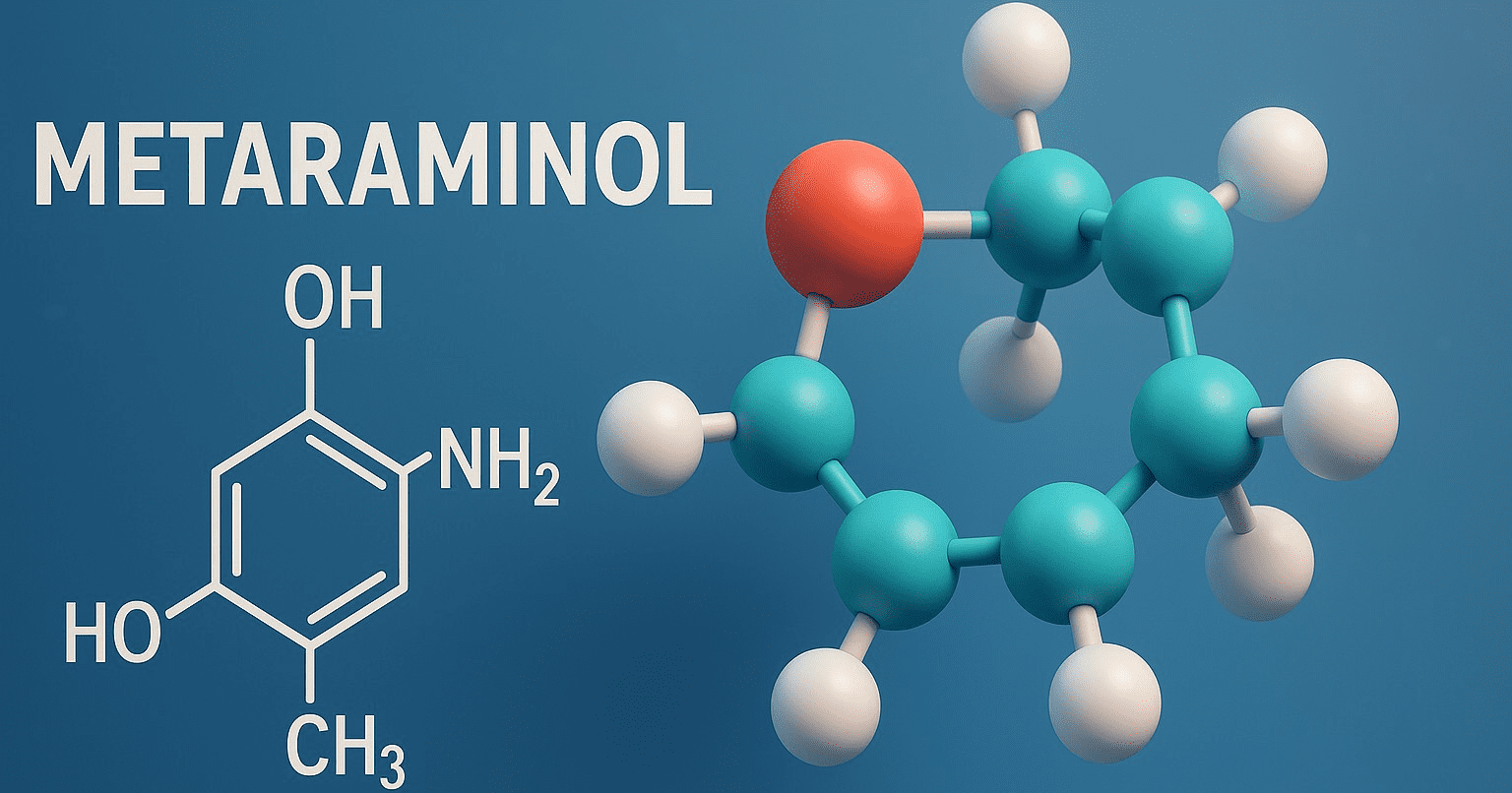Dihydroergotamine
Dihydroergotamine is a medication derived from ergot alkaloids that is primarily used to treat migraine headaches. It works by constricting dilated blood vessels in the brain and inhibiting the release of pro-inflammatory neuropeptides. Chemical Structure & Formula: An ergot alkaloid with a complex polycyclic structure derived from ergot fungus metabolites, including an ergoline skeleton with … Read more

